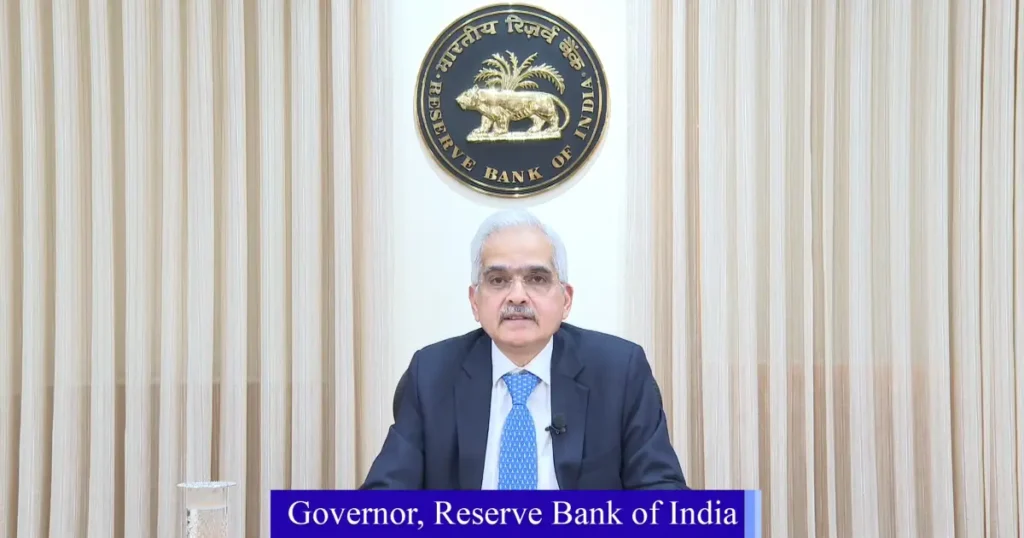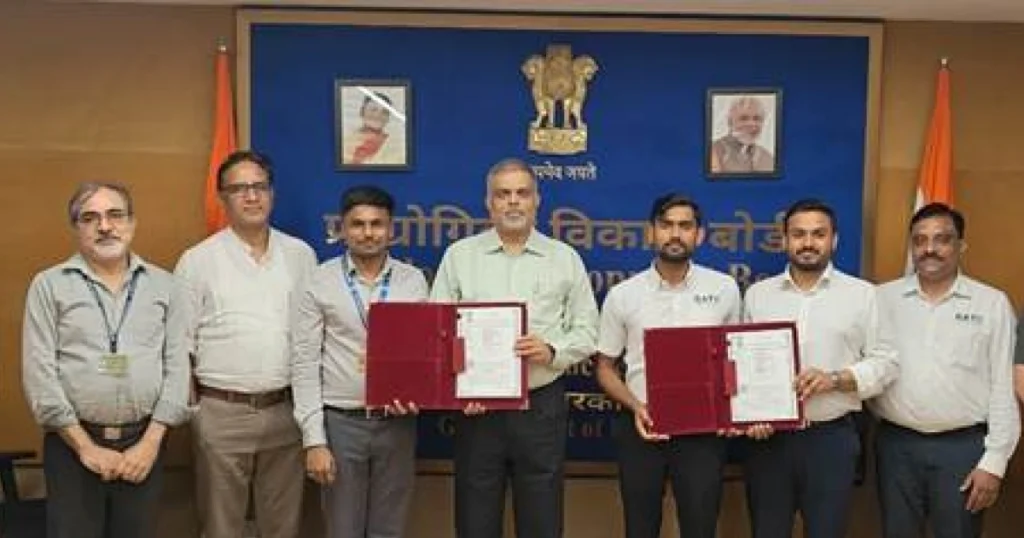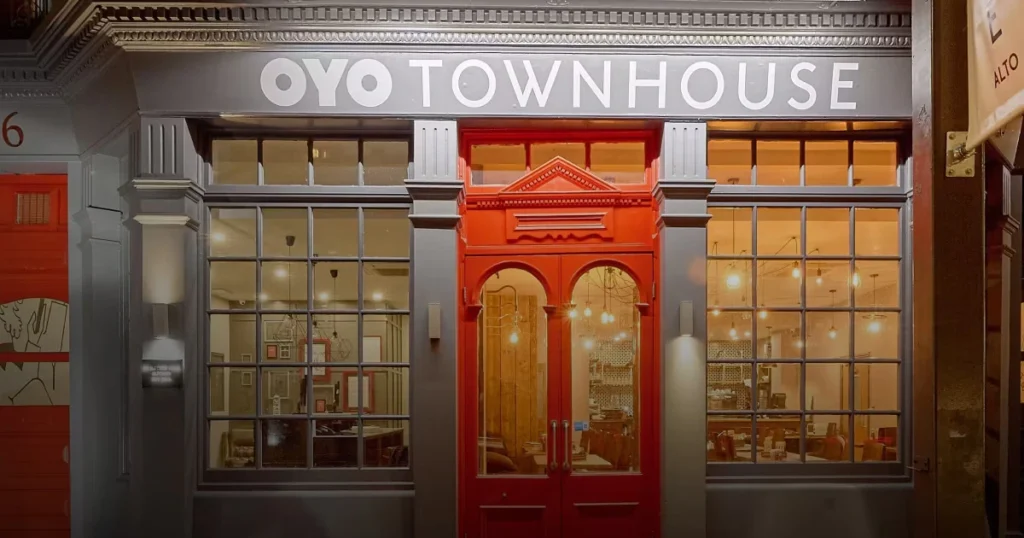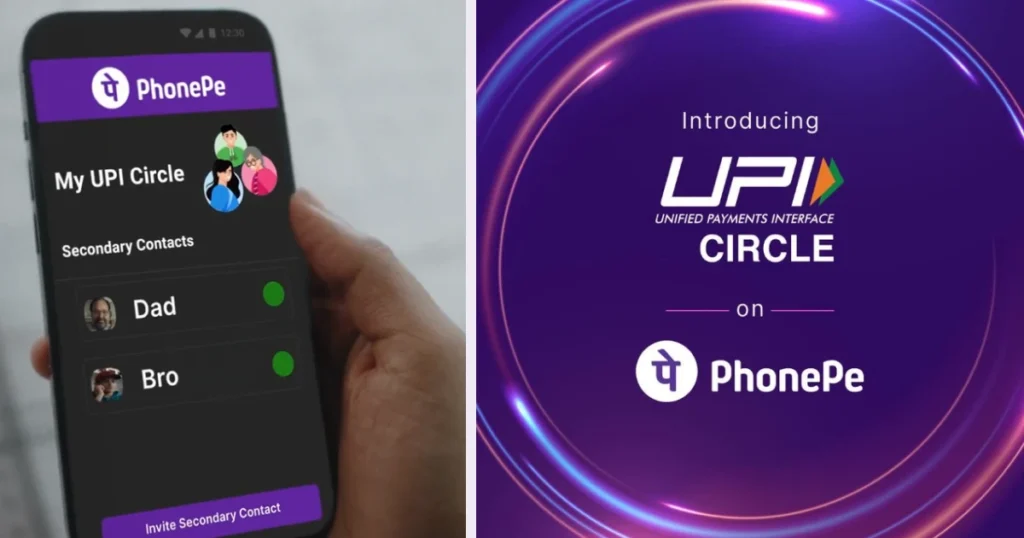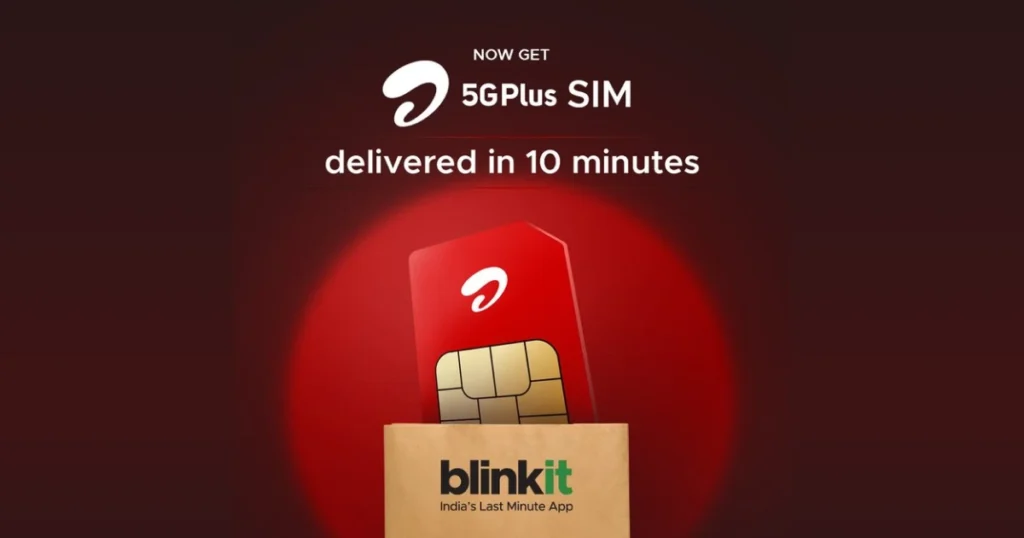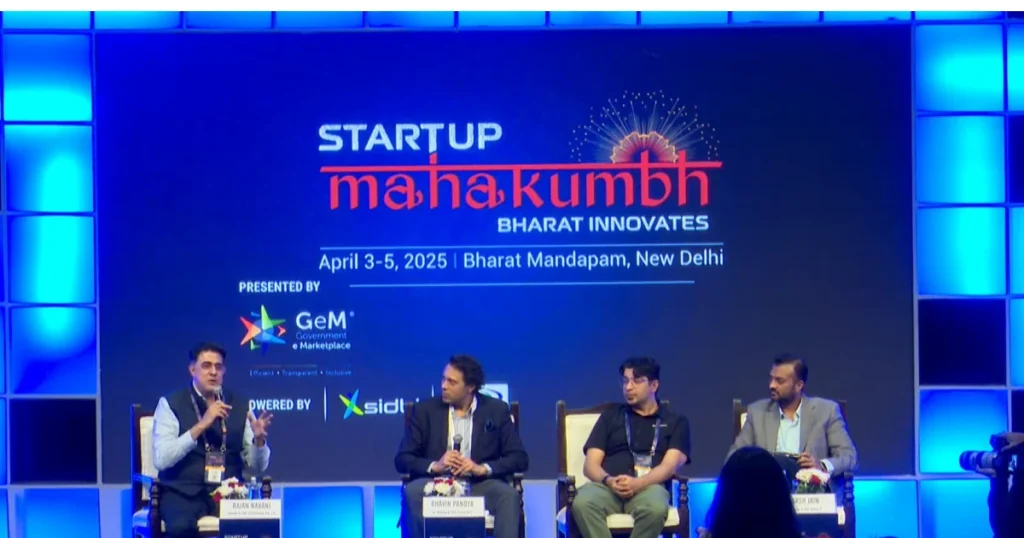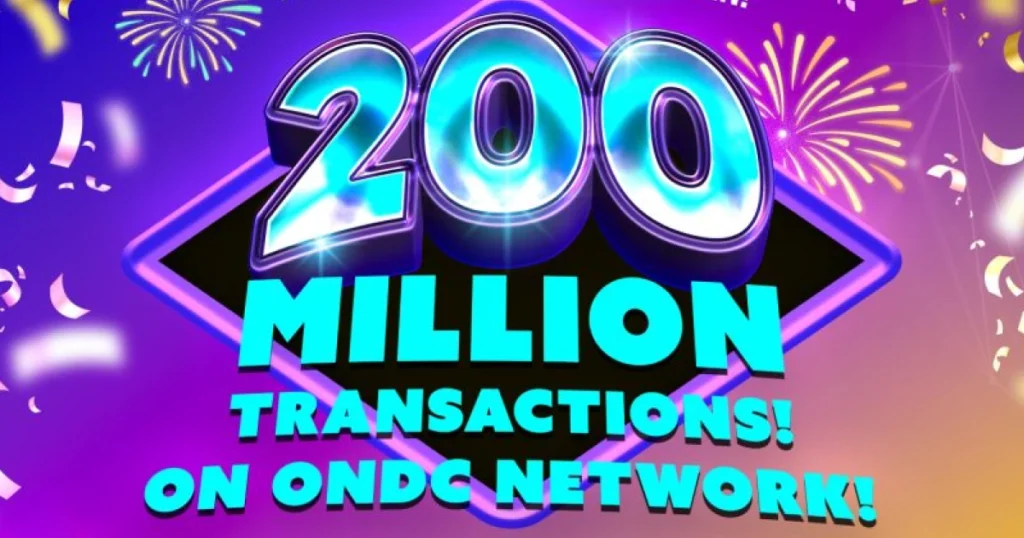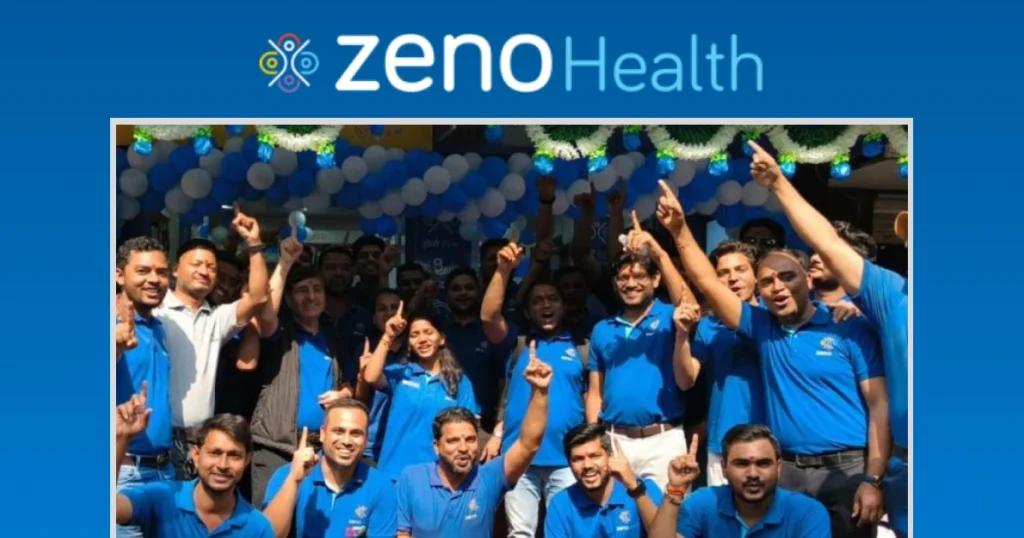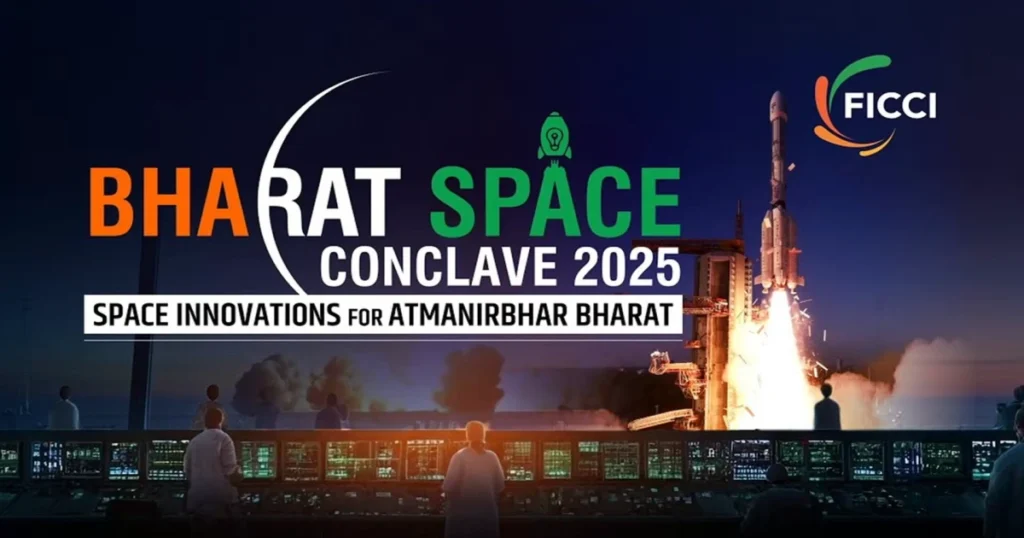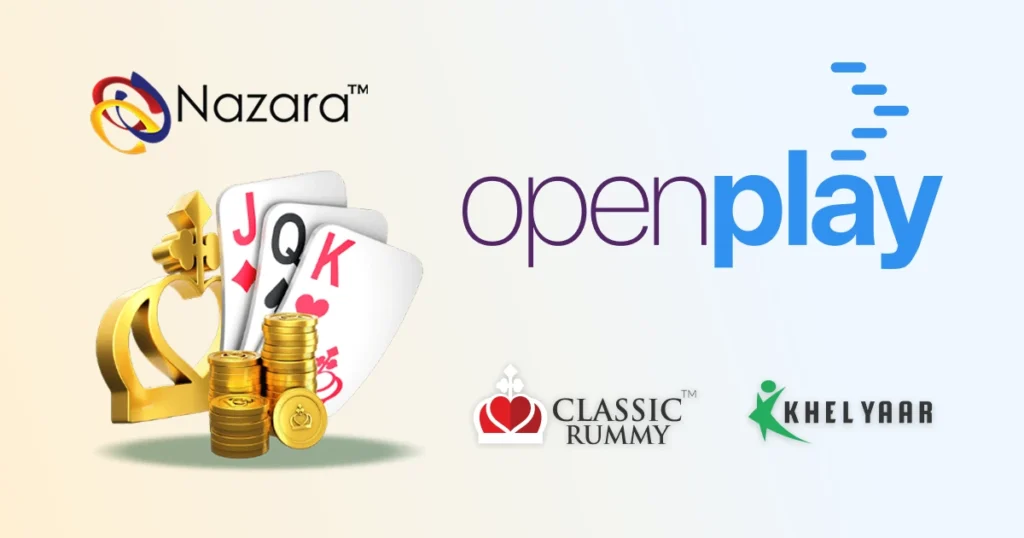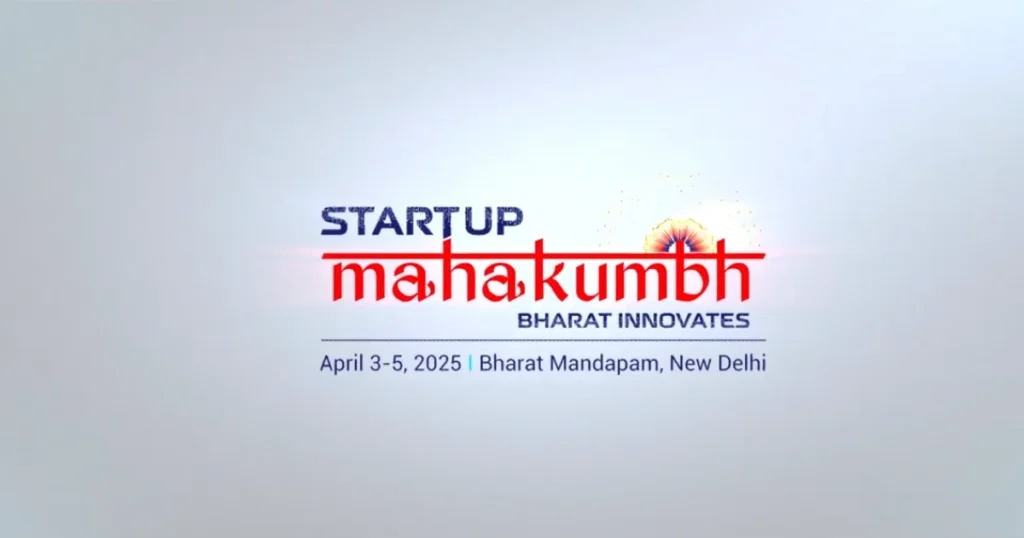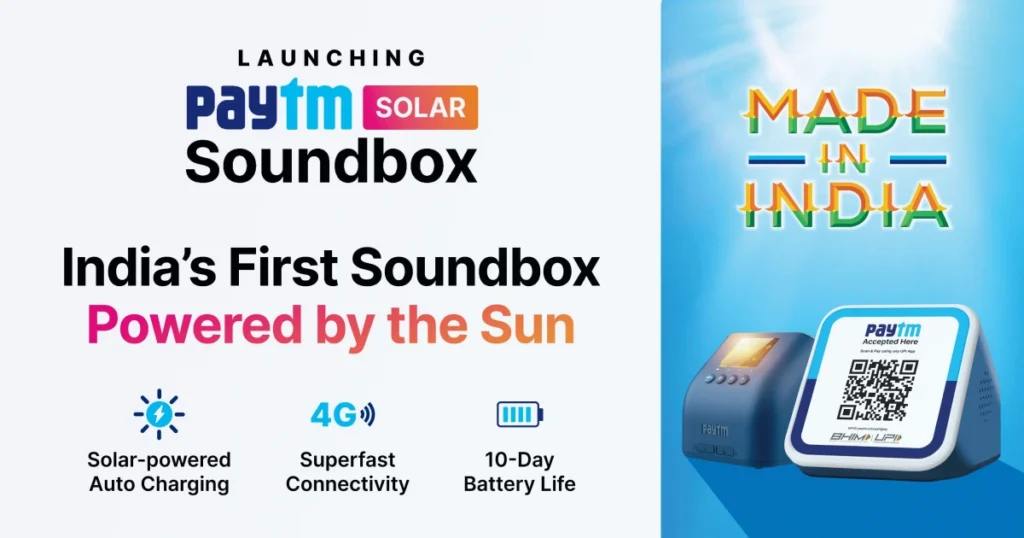The Reserve Bank of India (RBI) has released Governor’s Statement, which lists series of measures aimed at improving the digital lending landscape, credit reporting, and payment systems.
The latest initiatives include the creation of a public repository for digital lending apps, an increase in the frequency of credit information reporting, expanded transaction limits for tax payments through UPI, the introduction of “Delegated Payments” via UPI, and the implementation of continuous cheque clearing.
Public Repository for Digital Lending Apps
To combat the issues associated with unauthorized digital lending apps (DLAs), the RBI plans to launch a public repository listing all DLAs used by regulated entities.
This initiative is designed to enhance transparency and help consumers identify legitimate lending platforms.
Regulated entities will be required to regularly update their DLA information, ensuring that only authorized apps are in operation.
More Frequent Credit Information Reporting
In an effort to provide borrowers and lenders with more accurate and timely credit information, the RBI proposes increasing the reporting frequency of credit information to credit information companies (CICs) from monthly to a fortnightly basis, or even more frequently.
This change will allow for quicker updates to borrowers’ credit profiles and assist lenders in more effectively assessing credit risk.
Increased UPI Transaction Limit for Tax Payments
The RBI has decided to raise the transaction limit for tax payments through the Unified Payments Interface (UPI) from ₹1 lakh to ₹5 lakh.
This adjustment aims to streamline the tax payment process and accommodate larger transactions, making it more convenient for taxpayers to settle their dues.
Introduction of ‘Delegated Payments’ through UPI
A new feature, “Delegated Payments,” will soon be introduced in UPI, allowing individuals to authorize others to make transactions from their bank accounts without requiring a separate UPI-linked account for the secondary user.
This development is expected to expand the reach and usability of digital payments, offering greater flexibility and convenience.
Continuous Clearing of Cheques
Lastly, the RBI is introducing continuous cheque clearing through the Cheque Truncation System (CTS), reducing the current batch processing cycle of up to two working days to a few hours on the day of presentation.
This continuous clearing mechanism will facilitate quicker cheque payments, benefitting both payers and payees by accelerating the settlement process.
These measures are part of the RBI’s ongoing efforts to enhance the efficiency and security of India’s financial systems.


